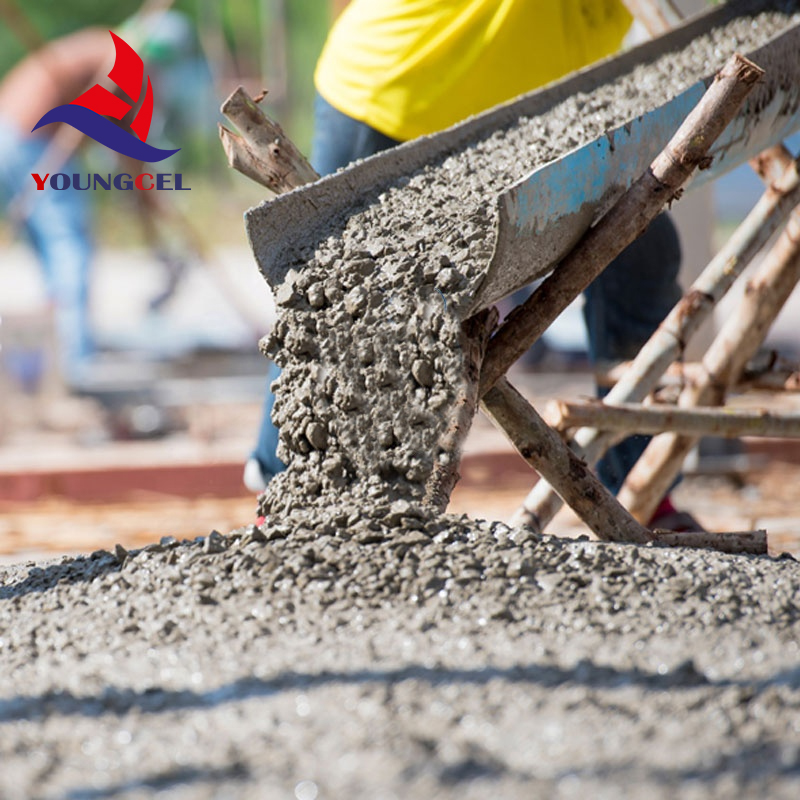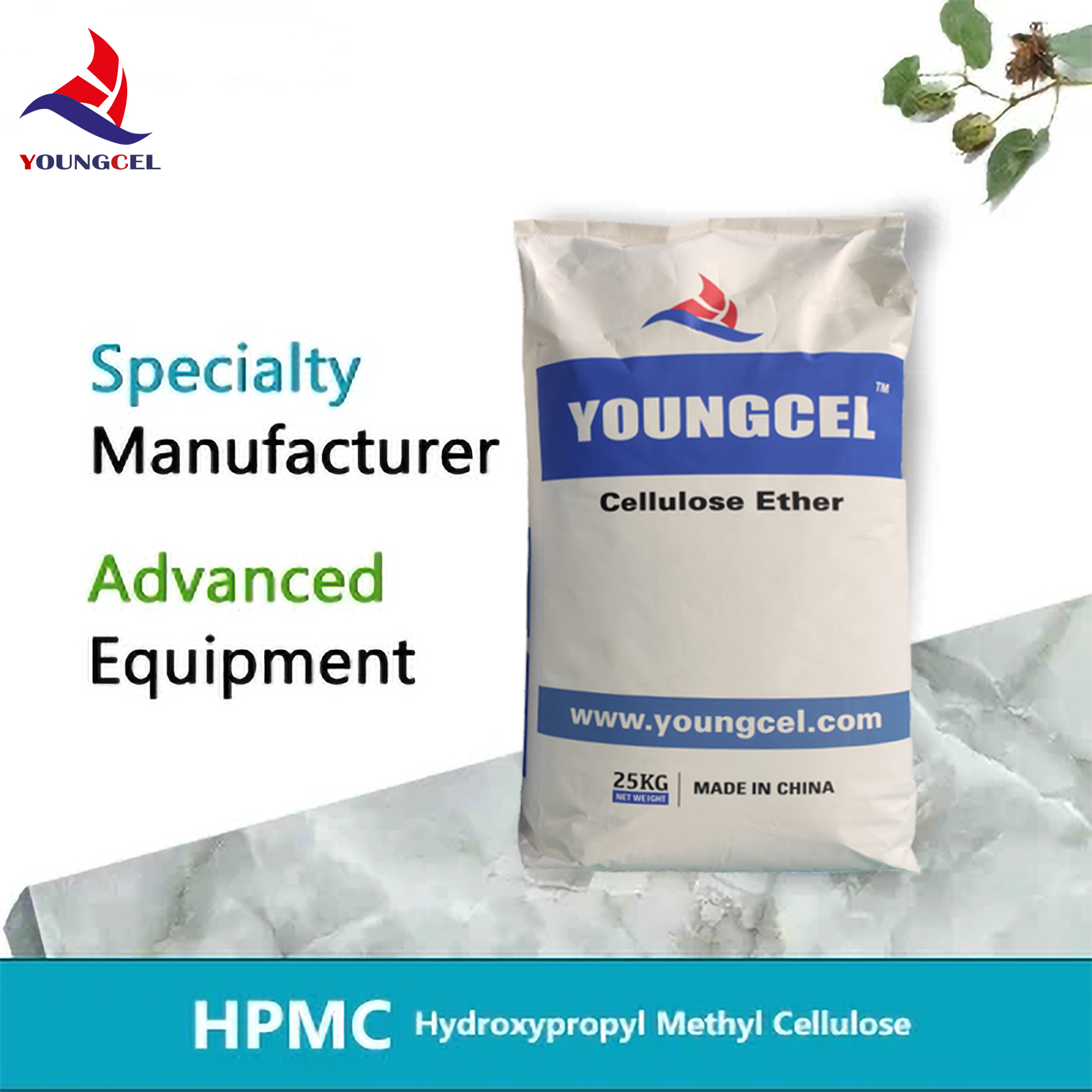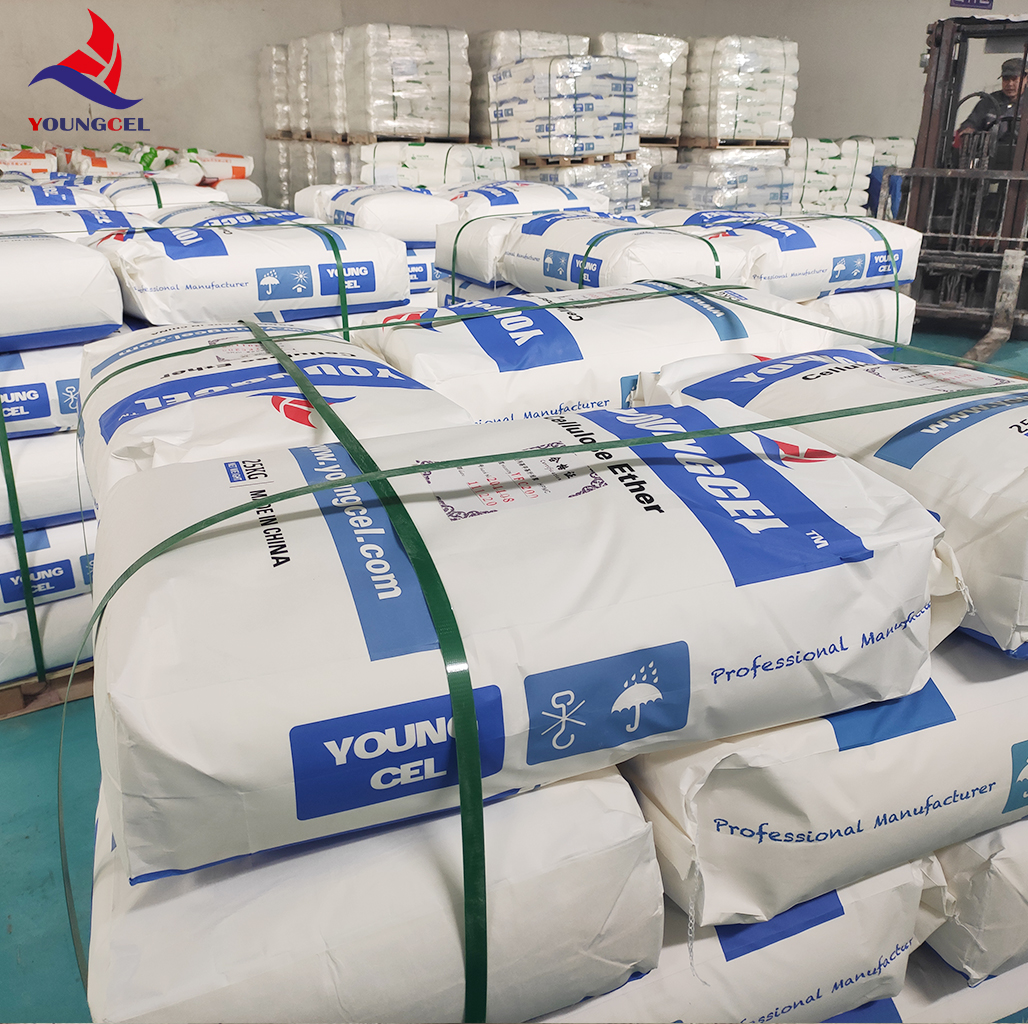Introduction
Hydroxypropyl Methyl Cellulose (HPMC) is a versatile chemical additive that plays a critical role in modern construction and adhesive technologies. As a derivative of cellulose, HPMC is widely used in the formulation of tile adhesives, cement mortars, and other construction materials due to its exceptional properties such as water retention, thickening ability, and dimensional stability. This article provides an in-depth analysis of HPMC's technical specifications, applications, and the company behind its production, Shijiazhuang Gaocheng District Yongfeng Cellulose Co., Ltd.. Additionally, we explore the importance of standardized testing and quality control in the construction industry, referencing NIST (National Institute of Standards and Technology) guidelines to ensure reliability and performance.
Product Overview
Hydroxypropyl Methyl Cellulose (HPMC) is a water-soluble polymer derived from natural cellulose. It is synthesized through etherification of cellulose under alkaline conditions, resulting in a substance with unique physical and chemical properties. HPMC is commonly referred to as HPMC in the industry, and it serves as a critical component in construction materials, particularly for tile adhesives and plaster additives. Its ability to enhance the workability, adhesion, and durability of cementitious mixtures makes it indispensable in modern construction practices.
The product is available in a milky white to white powder form, with a carbonization temperature of 280-300°C and a color temperature of 190-200°C. Its particle size is finely controlled, with a 100 mesh pass rate of over 98.8% and an 80 mesh pass rate of 99.9%. Special specifications may include a 40-60 mesh particle size. The apparent density ranges from 0.25-0.70 g/cm³, while its specific gravity is between 1.26-1.31. HPMC is soluble in water and certain solvents, such as ethanol/water or propanol/water mixtures, forming transparent and stable aqueous solutions.
Technical Specifications
| Parameter | Specification |
|---|---|
| Appearance | Milky white or white powder |
| Carbonization Temperature | 280-300°C |
| Color Temperature | 190-200°C |
| Particle Size | 100 mesh pass rate >98.8%; 80 mesh pass rate 99.9%; Special specs: 40-60 mesh |
| Apparent Density | 0.25-0.70 g/cm³ (typically 0.5 g/cm³) |
| Specific Gravity | 1.26-1.31 |
| Solubility | Water and some solvents (e.g., ethanol/water, propanol/water) |
Key Properties and Benefits
HPMC is renowned for its thickening ability, salt resistance, low ash content, pH stability, and water retention. These properties make it an ideal additive for construction materials, where it enhances the workability, adhesion, and dimensional stability of cementitious mixtures. Additionally, HPMC provides excellent film-forming properties and extensive mildew resistance, ensuring long-term durability in various environmental conditions.
One of the standout features of HPMC is its water retention capacity, which prevents premature drying of cement-based materials. This is particularly important in tile adhesives, where adequate hydration ensures strong bonding between tiles and substrates. The dimensional stability of HPMC also reduces cracking and shrinkage in mortars, improving the overall quality of construction projects.
Applications in Construction
HPMC is widely used across multiple construction applications, including:
- Cement Mortar: Enhances workability and water retention, ensuring even distribution and improved adhesion.
- Ceramic Tile Cement: Provides high bond strength and flexibility, preventing tile detachment.
- Asbestos and Refractory Coatings: Acts as a suspension agent and fluidity improver, improving adhesion to substrates.
- Gypsum Coagulant Slurry: Improves water retention and workability, ensuring smooth application.
- Joint Cement: Added to ground joint cement for gypsum boards to enhance fluidity and water retention.
Tile adhesive formulations benefit significantly from HPMC, as it ensures long-term durability and resistance to environmental factors. The polymer's surface activity also improves the coating uniformity of tile adhesives, reducing the risk of voids and weak spots.
Product Images
Below are images of the Hydroxypropyl Methyl Cellulose (HPMC) product, showcasing its physical characteristics and packaging:
Company Background: Shijiazhuang Gaocheng District Yongfeng Cellulose Co., Ltd.
Shijiazhuang Gaocheng District Yongfeng Cellulose Co., Ltd. is a leading manufacturer of cellulose derivatives, specializing in the production of Hydroxypropyl Methyl Cellulose (HPMC) and other chemical additives. With a focus on quality and innovation, the company has established itself as a trusted supplier in the construction and adhesive industries. Their products are used globally, meeting the demands of various applications, from residential to industrial construction.
The company's commitment to environmental sustainability and technological advancement is evident in its state-of-the-art production facilities and rigorous quality control processes. HPMC is produced using high-purity cotton fiber as the raw material, ensuring consistent quality and performance.
Importance of Standards and Testing
The construction industry relies heavily on standardized testing and quality control to ensure the reliability and safety of materials. NIST (National Institute of Standards and Technology) plays a pivotal role in this regard, providing guidelines and benchmarks for material performance. According to NIST, "Standardized testing ensures that construction materials meet specific criteria for strength, durability, and environmental resistance" (NIST, 2023). This is particularly crucial for products like HPMC, where even minor variations in quality can impact the performance of construction materials.
NIST's research on construction materials includes studies on polymer additives, water retention agents, and adhesive formulations. These studies help manufacturers like Shijiazhuang Gaocheng District Yongfeng Cellulose Co., Ltd. to refine their processes and ensure compliance with international standards.
Conclusion
Hydroxypropyl Methyl Cellulose (HPMC) is a vital component in modern construction and adhesive technologies, offering exceptional properties such as water retention, dimensional stability, and adhesion. Its applications span a wide range of industries, from tile adhesives to refractory coatings, making it an indispensable material for construction professionals. Shijiazhuang Gaocheng District Yongfeng Cellulose Co., Ltd. continues to lead in the production of high-quality HPMC, ensuring that its products meet the highest standards of performance and reliability.
For more information about HPMC and its applications, visit the Shijiazhuang Gaocheng District Yongfeng Cellulose Co., Ltd. website. Additionally, explore NIST resources to understand the importance of standardized testing in the construction industry.
References
NIST (National Institute of Standards and Technology). (2023). https://www.nist.gov
-
Understanding Methyl 2 Hydroxyethyl Cellulose: Uses, Benefits & Industry InsightsNewsNov.24,2025
-
Hydroxyethyl Methyl Cellulose HEMC: Industrial Uses, Benefits & Future TrendsNewsNov.23,2025
-
HEMC Cellulose: Versatile & Sustainable Industrial Polymer | YoungcelNewsNov.23,2025
-
Methyl Hydroxyethyl Cellulose: Versatile Building Block for Industry & SustainabilityNewsNov.23,2025
-
CAS 9032 42 2: Understanding Polyvinyl Alcohol's Impact on Industry & SustainabilityNewsNov.22,2025
-
Hydroxyethyl Methyl Cellulose: Versatile Solutions for Modern Industry and SustainabilityNewsNov.22,2025







